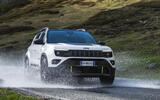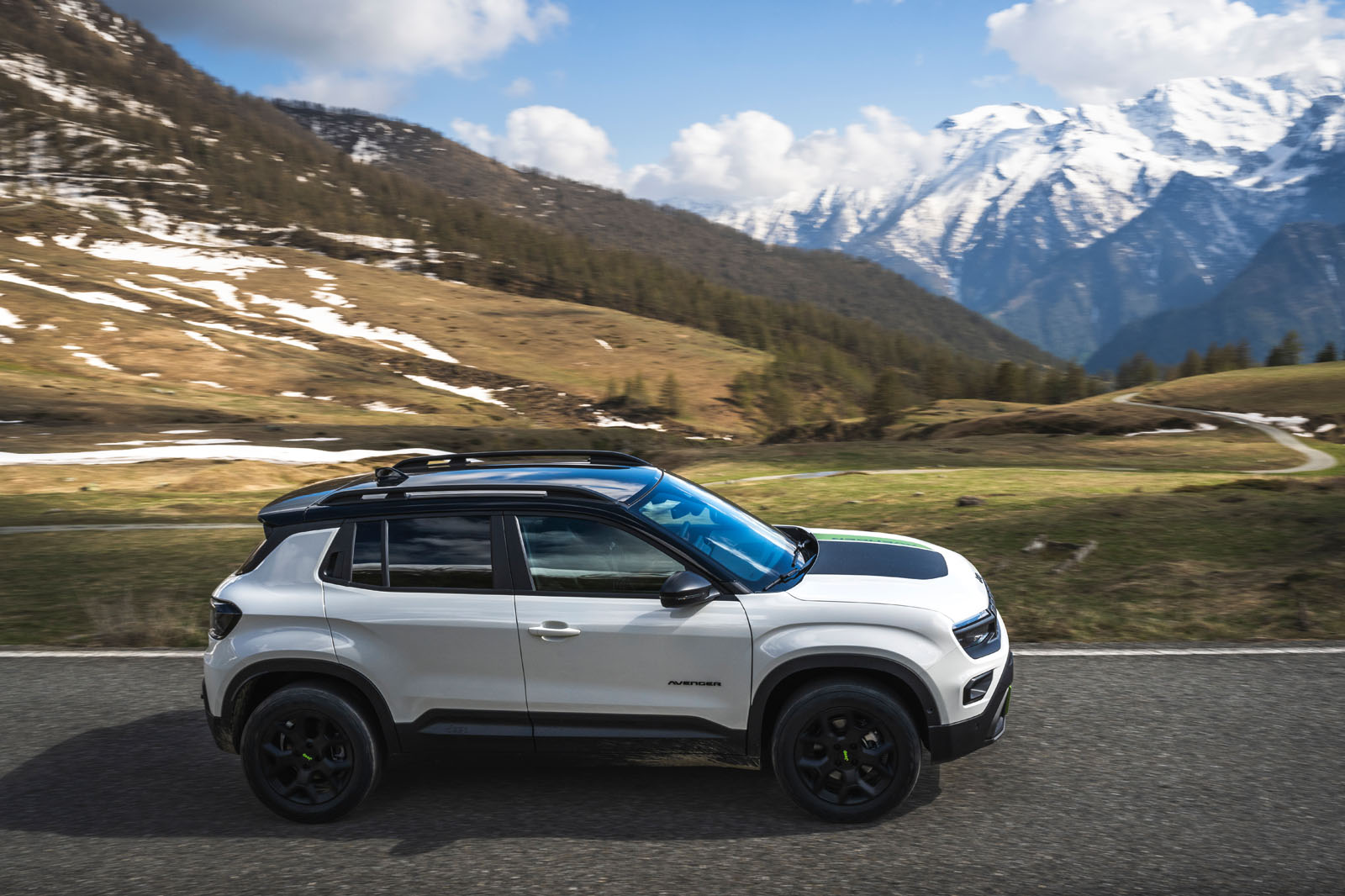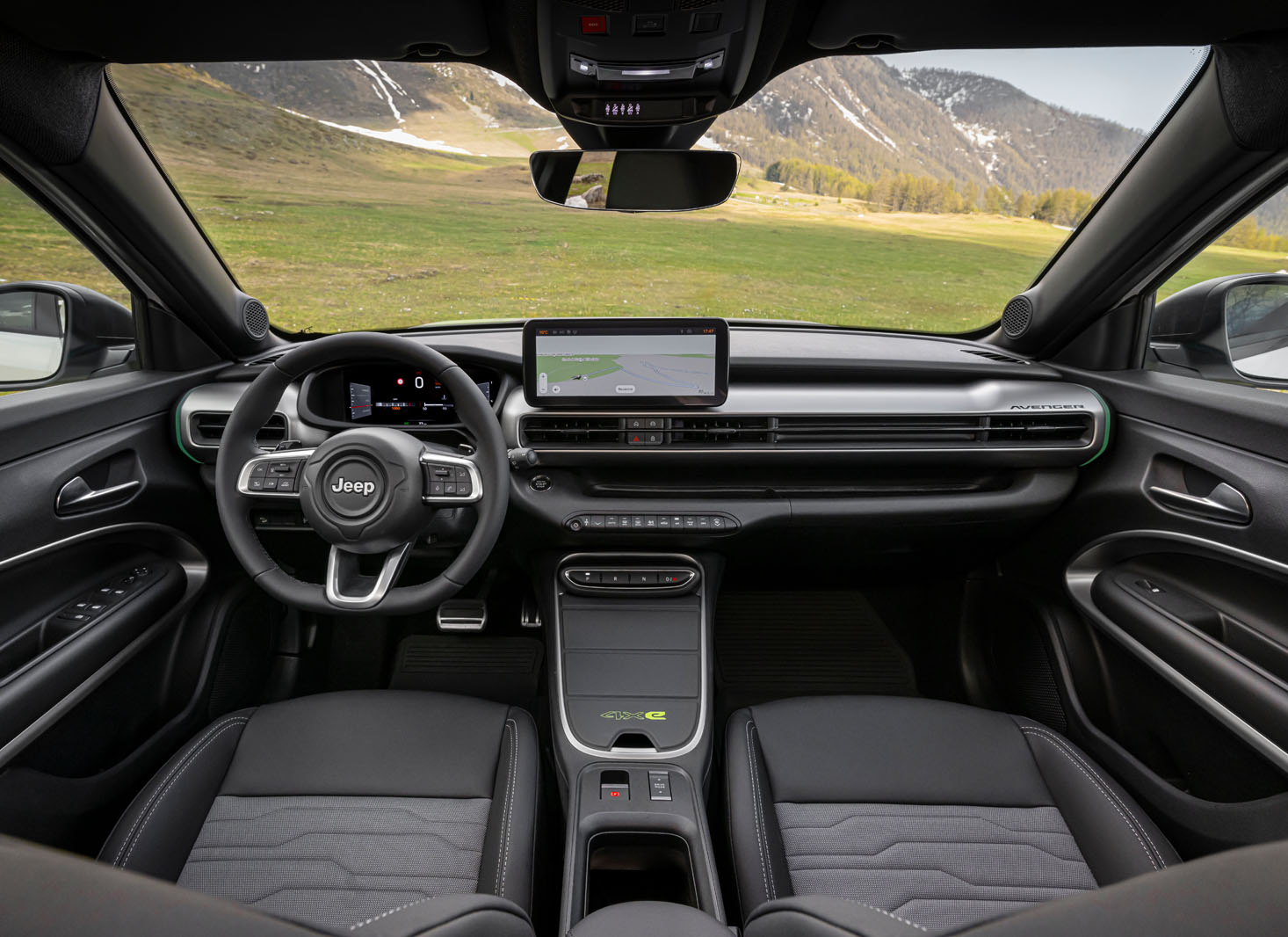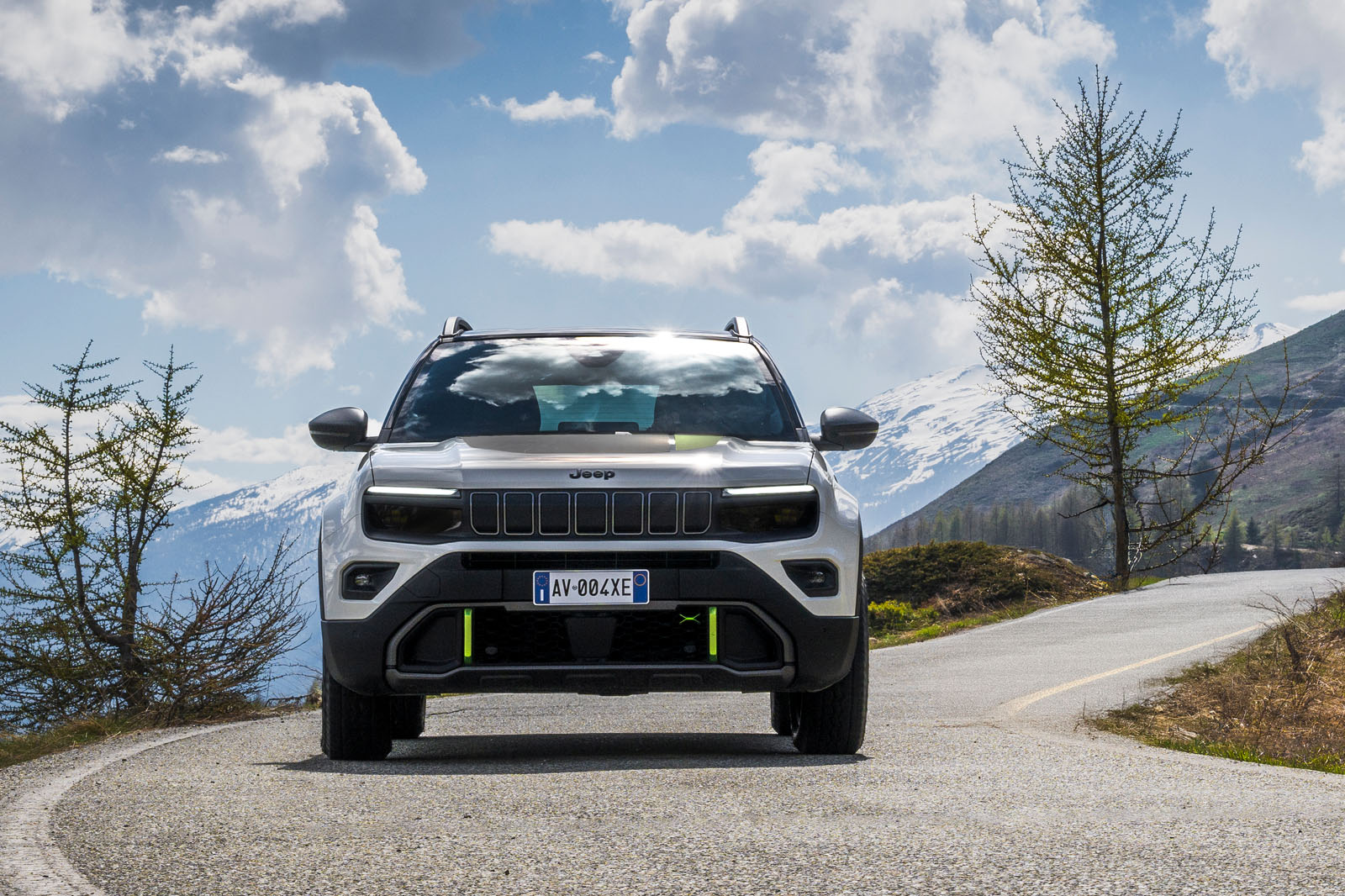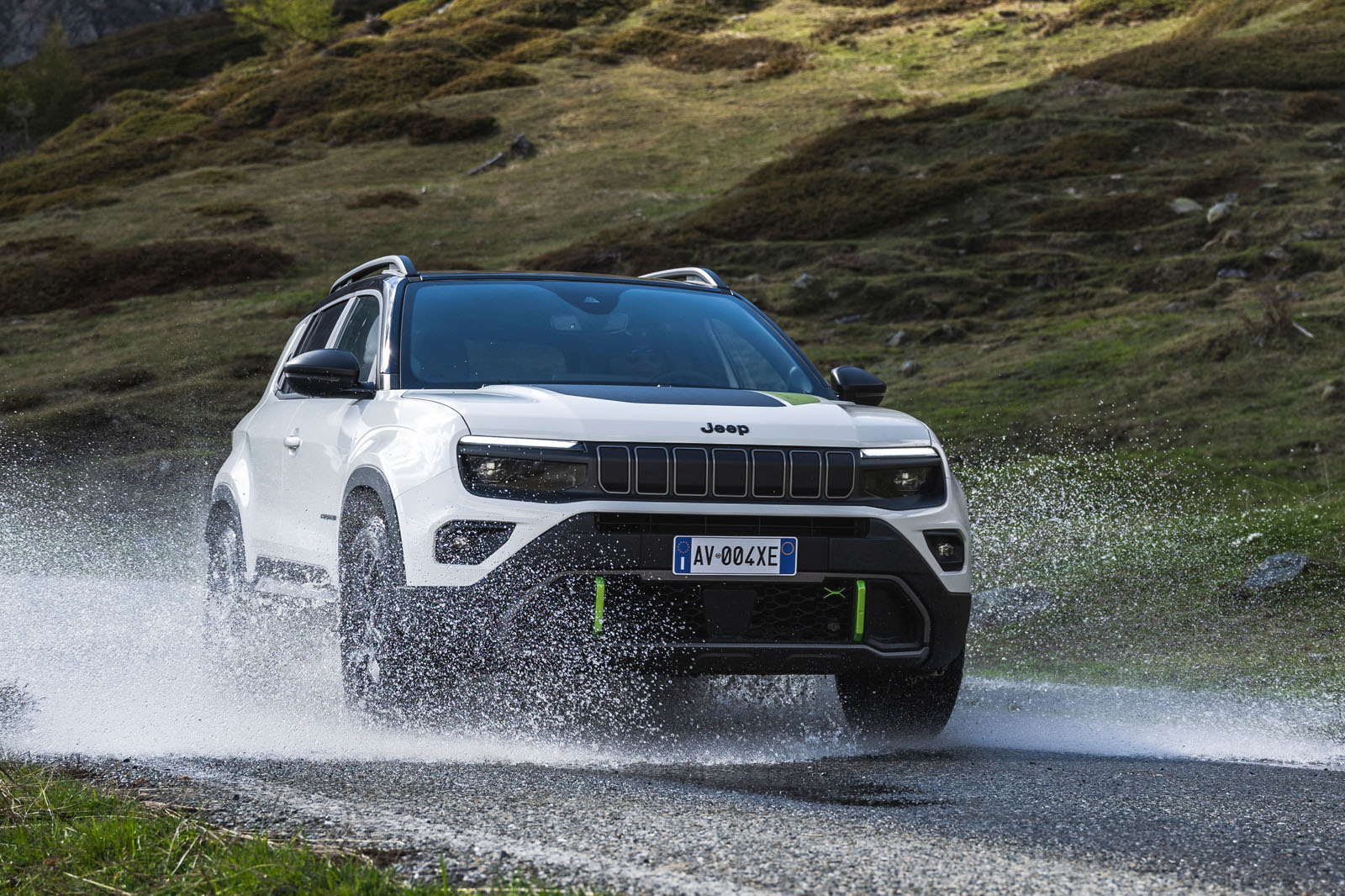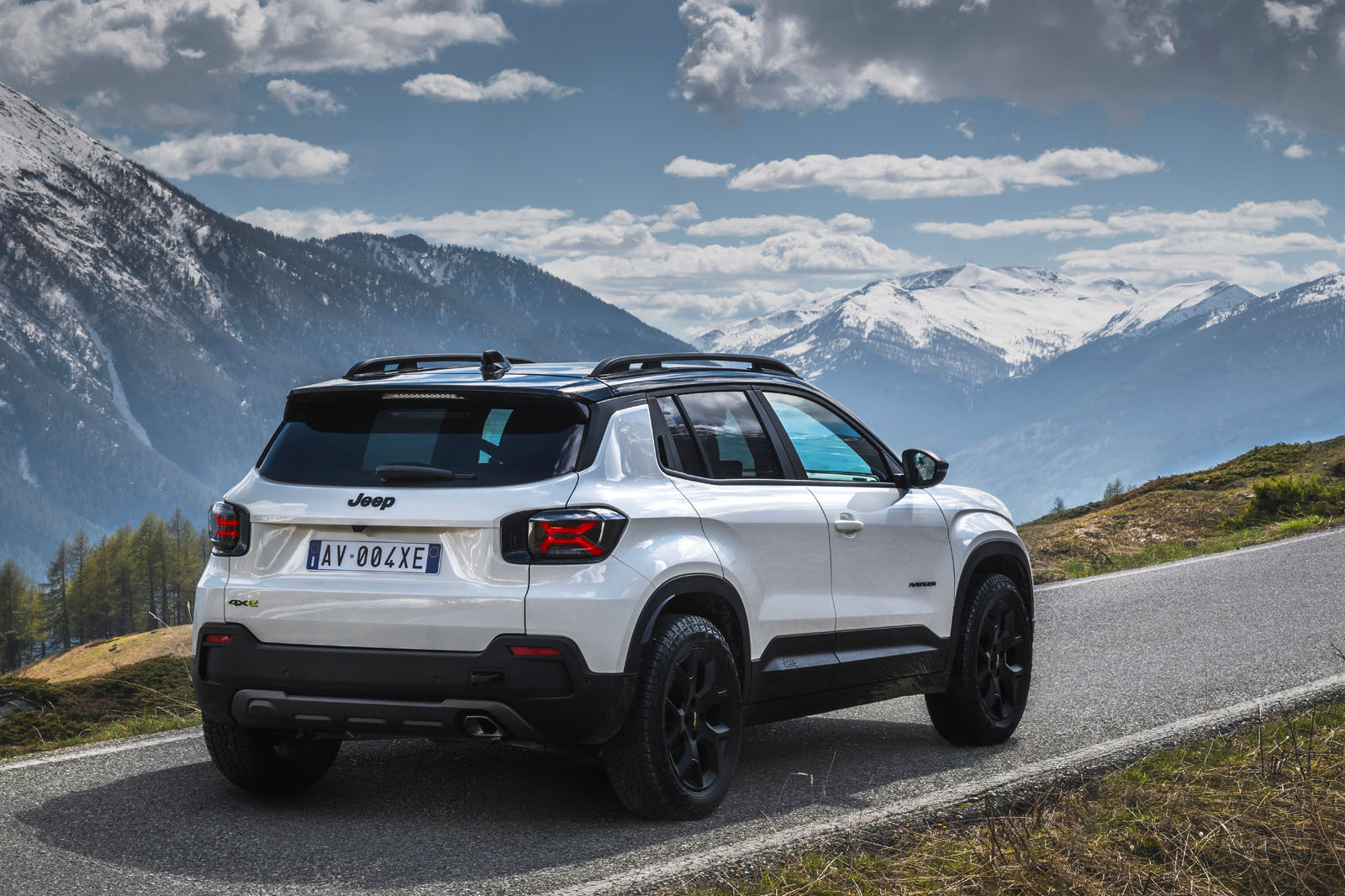The Jeep Avenger has to us always felt slightly oxymoronic in its conception as a diddy urban crossover from a brand so intrinsically associated with go-anywhere mud-plugging.
The Avenger Electric, mildly electrified eHybrid and pure-petrol variants are competent and charming family runarounds but have little of the off-roading ability of the likes of the larger Wrangler and Grand Cherokee.
But now the Avenger can follow its forebears and rangemates at least some way off the beaten track with the addition of this new 4xe range-topper, which adds an off-road-flavoured makeover to the eHybrid, along with an electric motor on the rear axle for four-wheel drive. It is, you might say, the Jeepiest version of the least Jeepy Jeep.
This is actually the smallest 4x4 Jeep has offered in about three decades, and while it's far removed from the old CJs and Wranglers that went before, there’s a certain whiff of the WW2 original in the Avenger 4xe’s compact footprint and Scrappy-Doo character. “Lemme at 'em!” it yelps, brandishing its beefier bumpers, roof bars, tow hooks and underbody cladding - the telltale cues to its rugged, range-topping billing and the chief differentiators from the standard eHybrid.
It's on sale now in the UK in three trim levels, with prices starting from £30,999, ahead of deliveries beginning in May. But is it the new gem of an expansive Avenger line-up? Read on to find out.




















